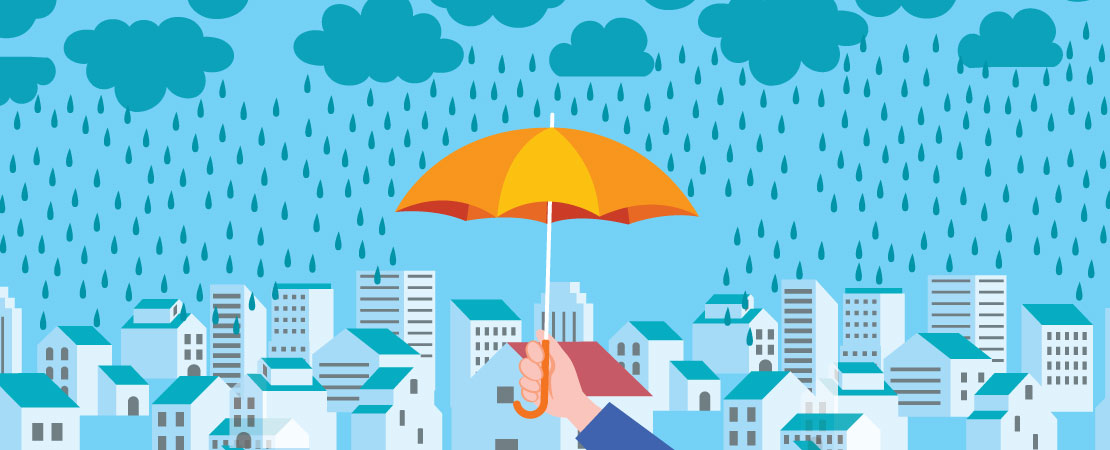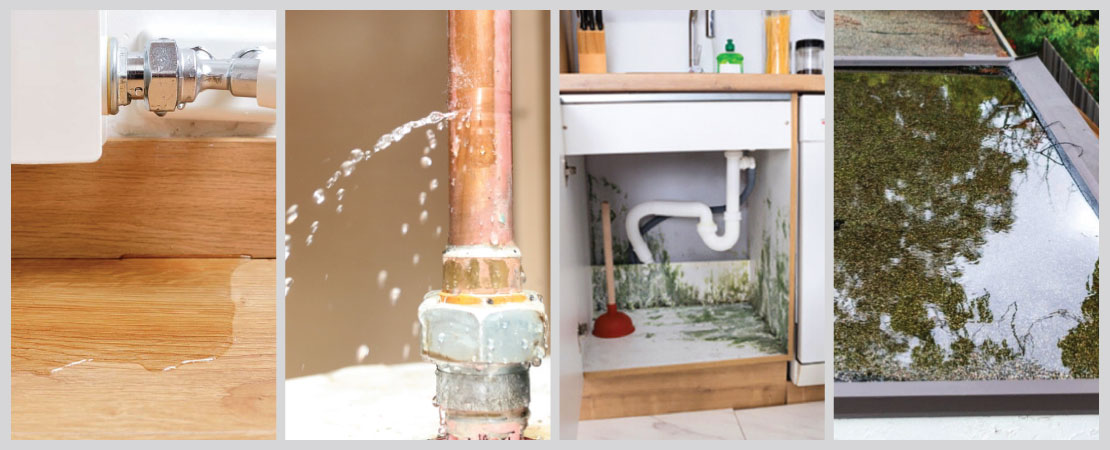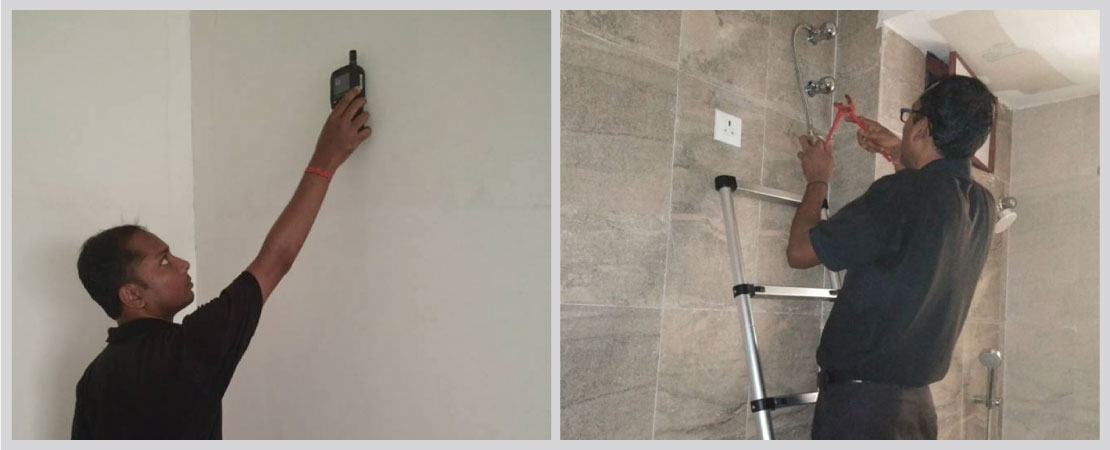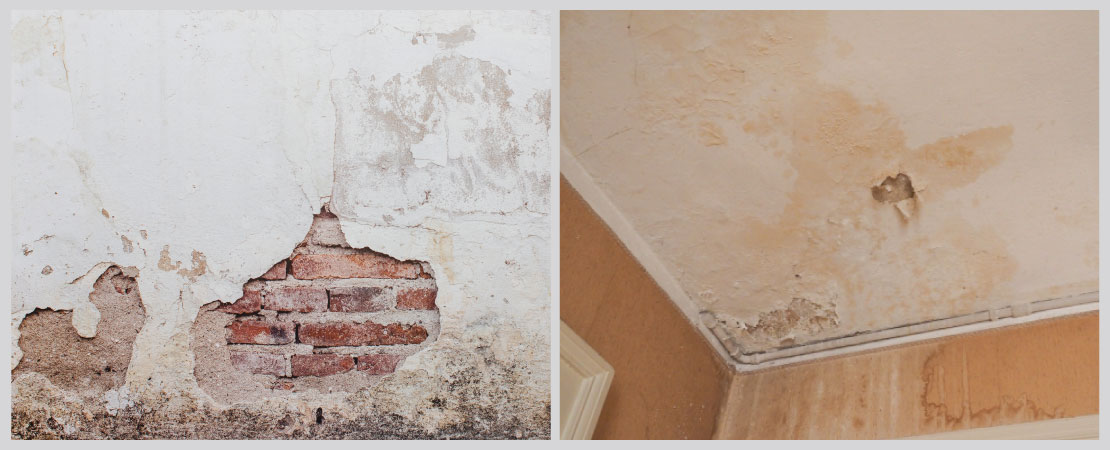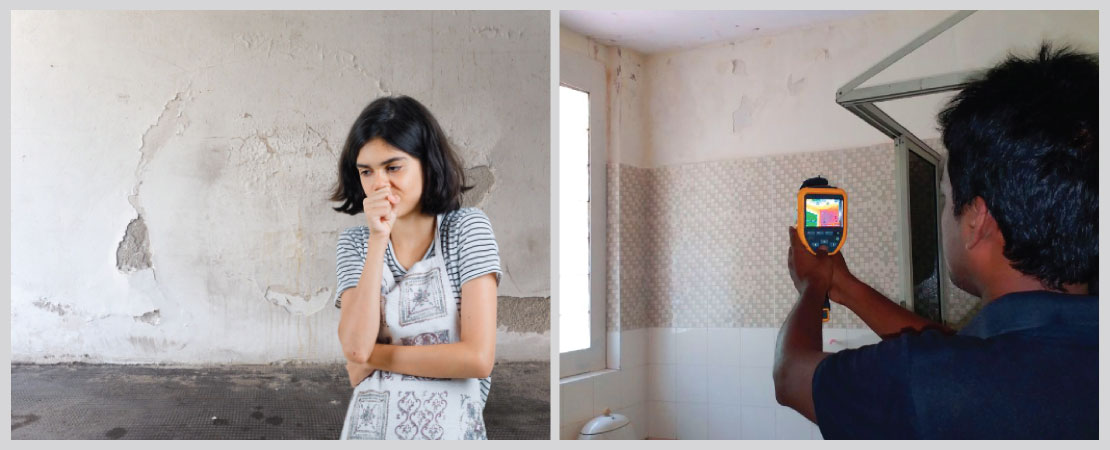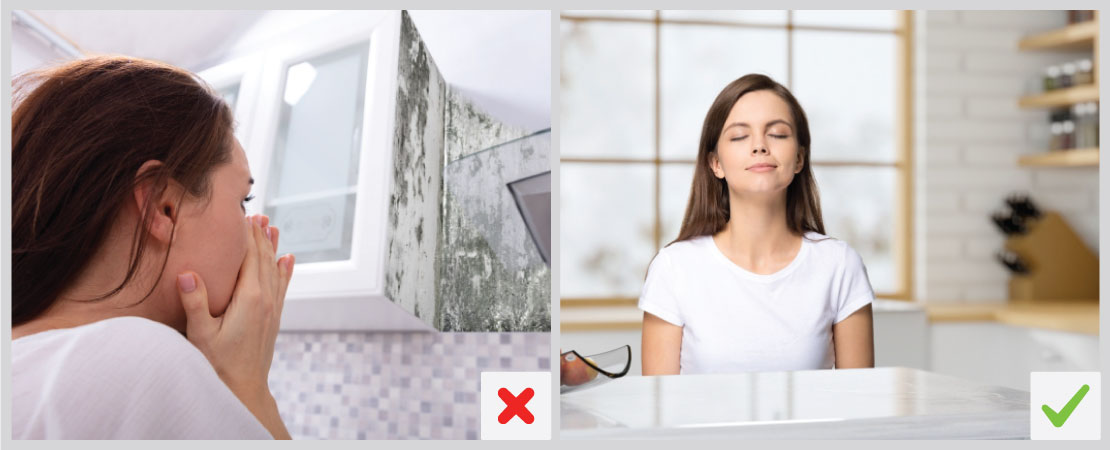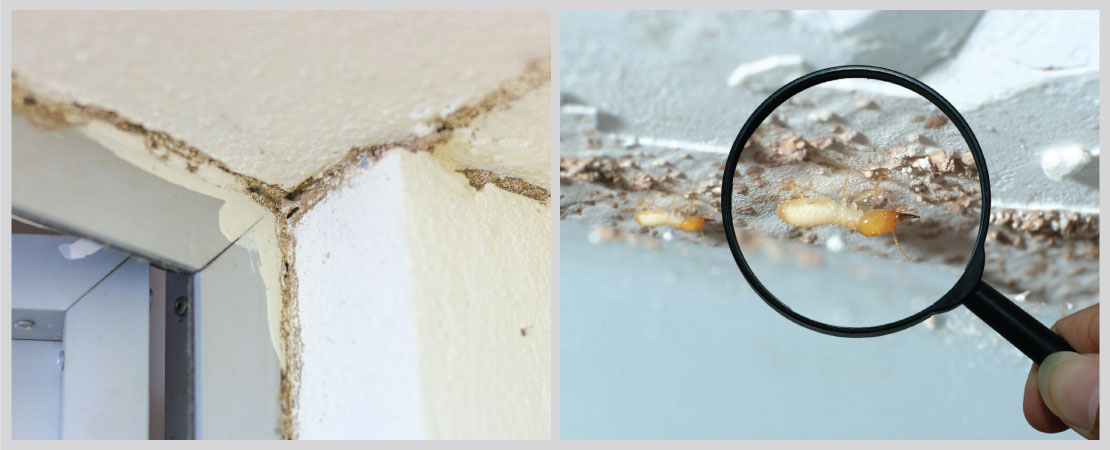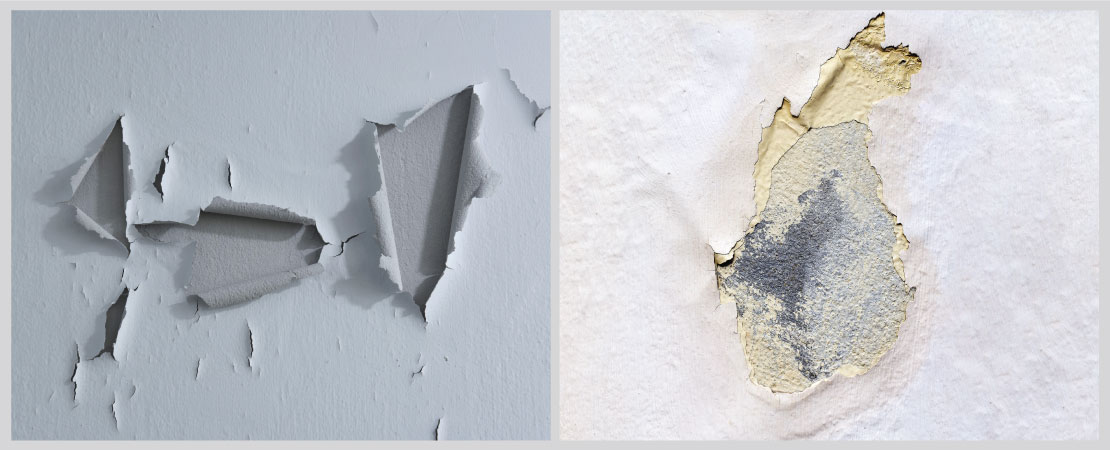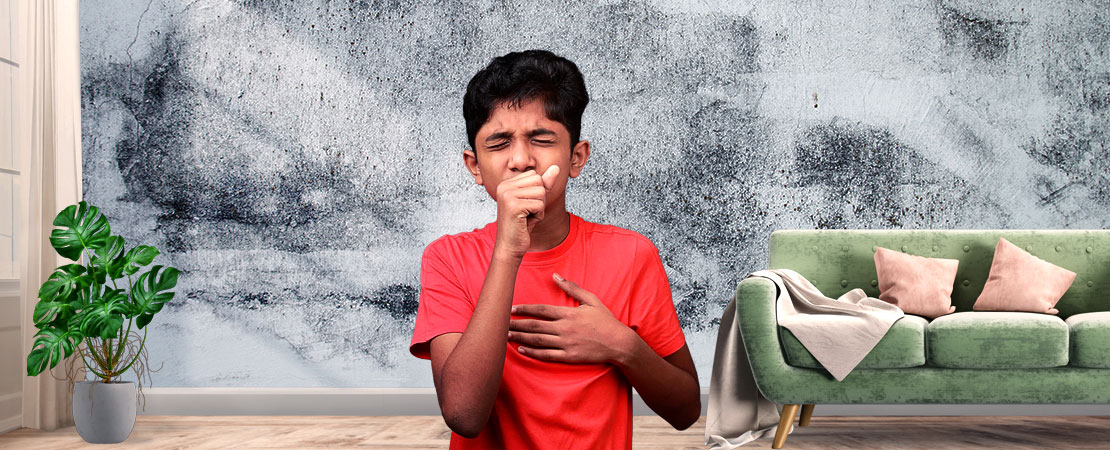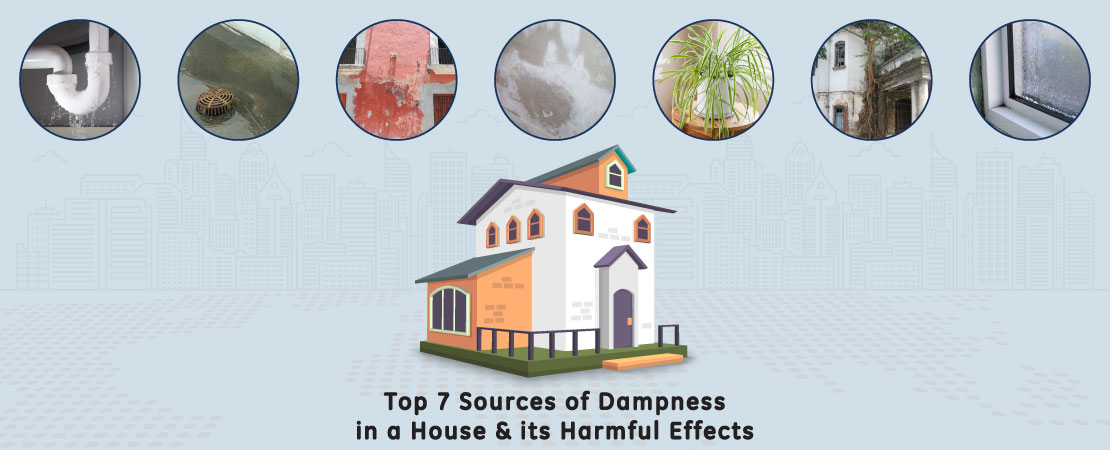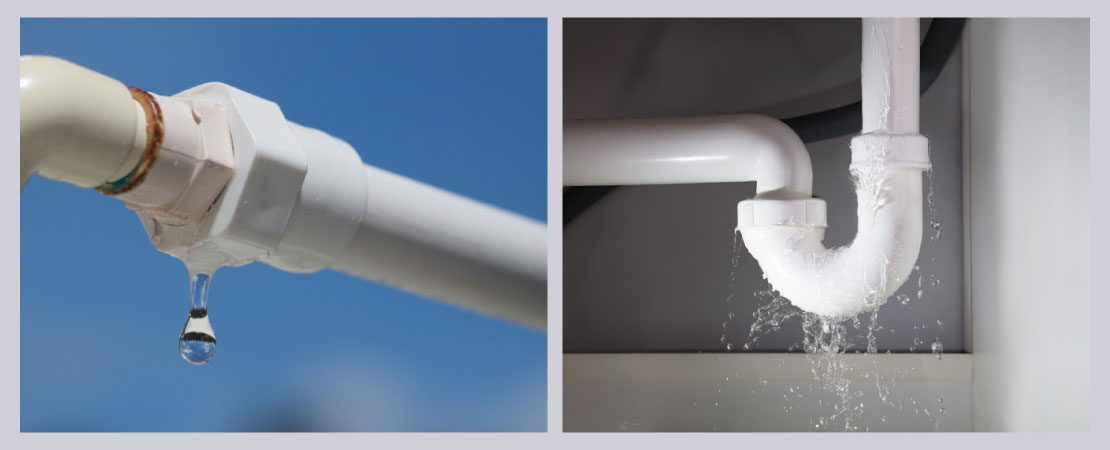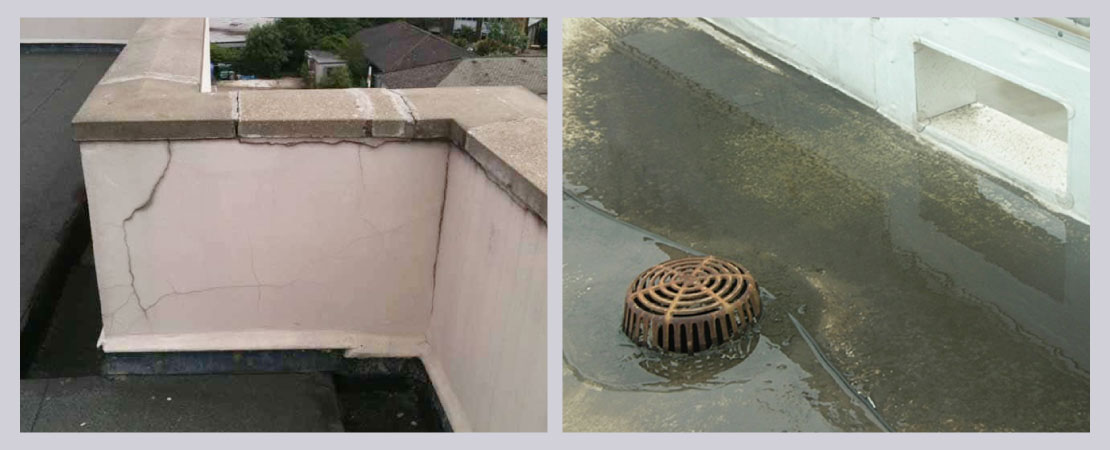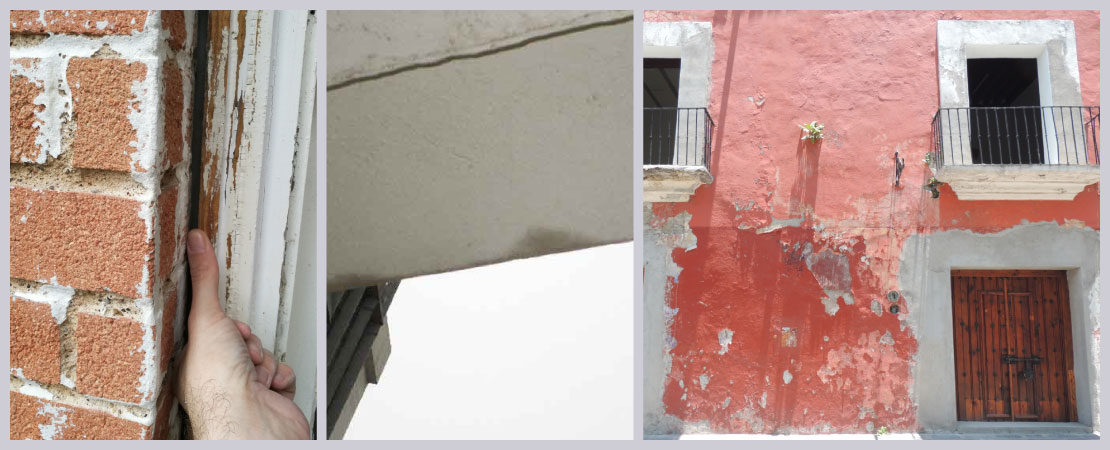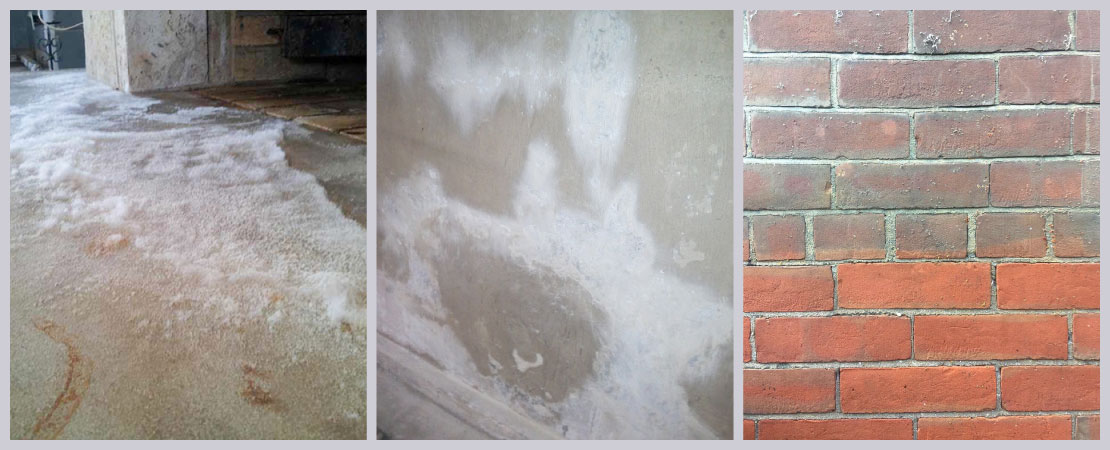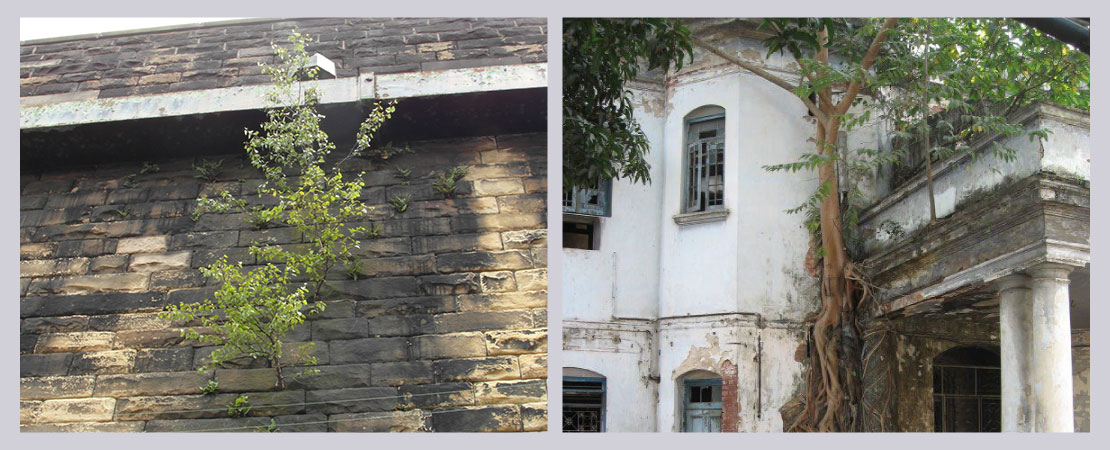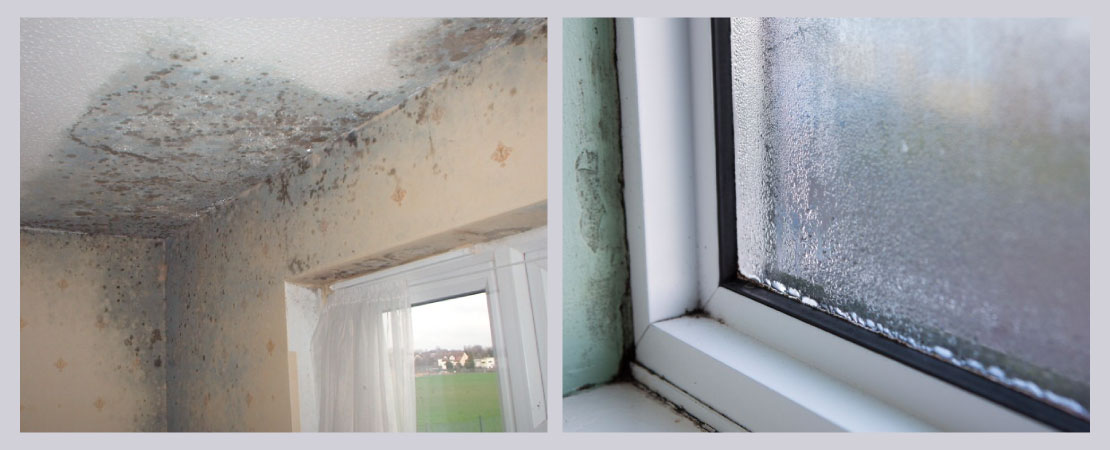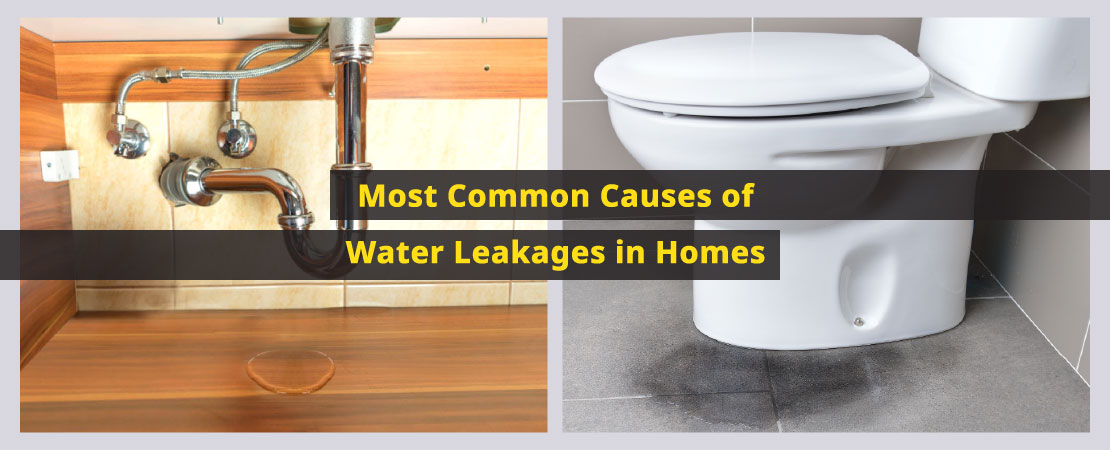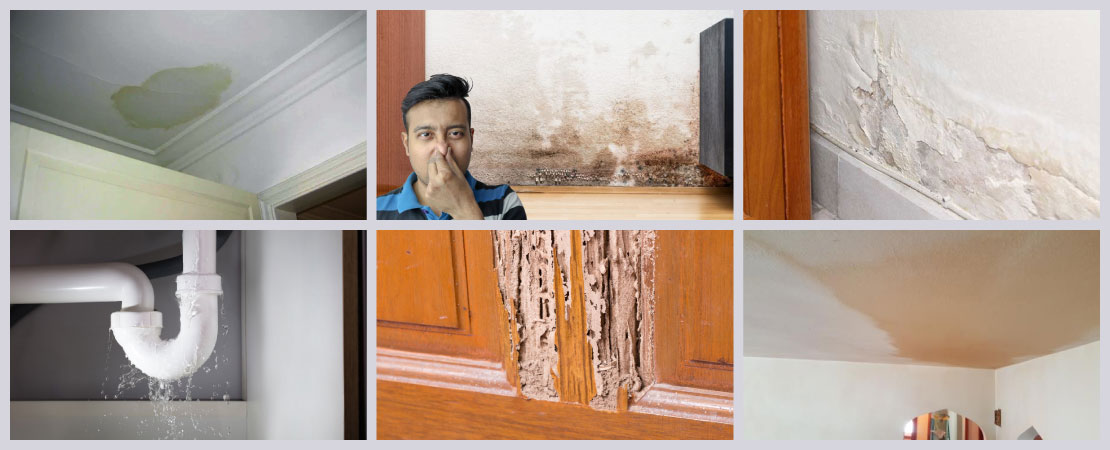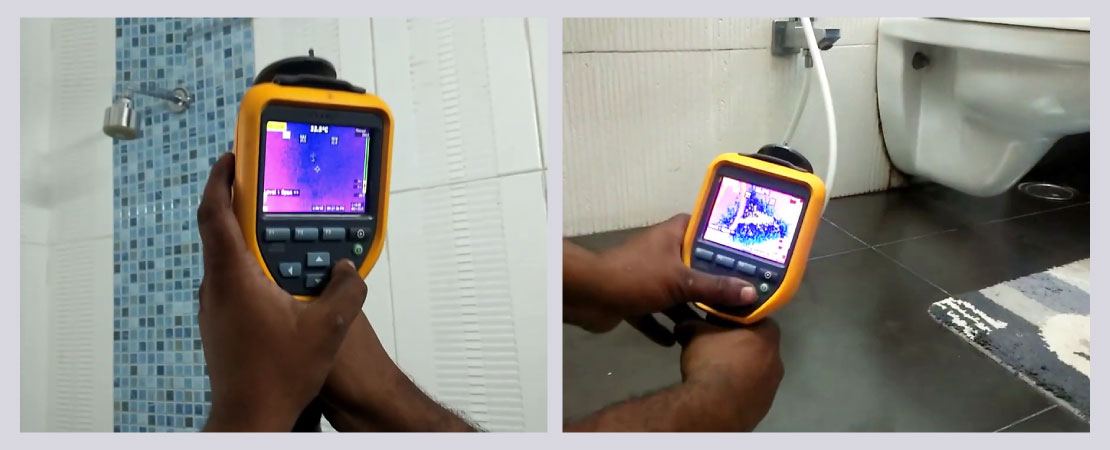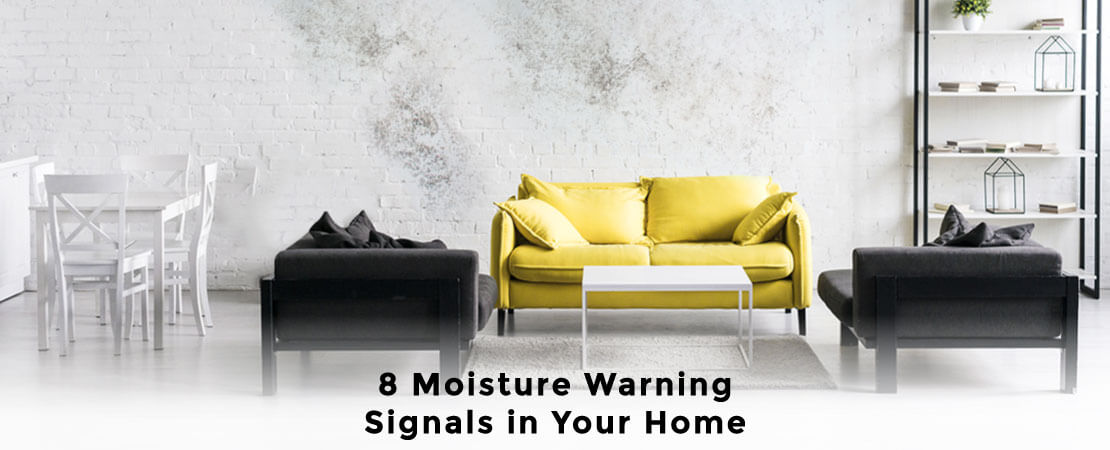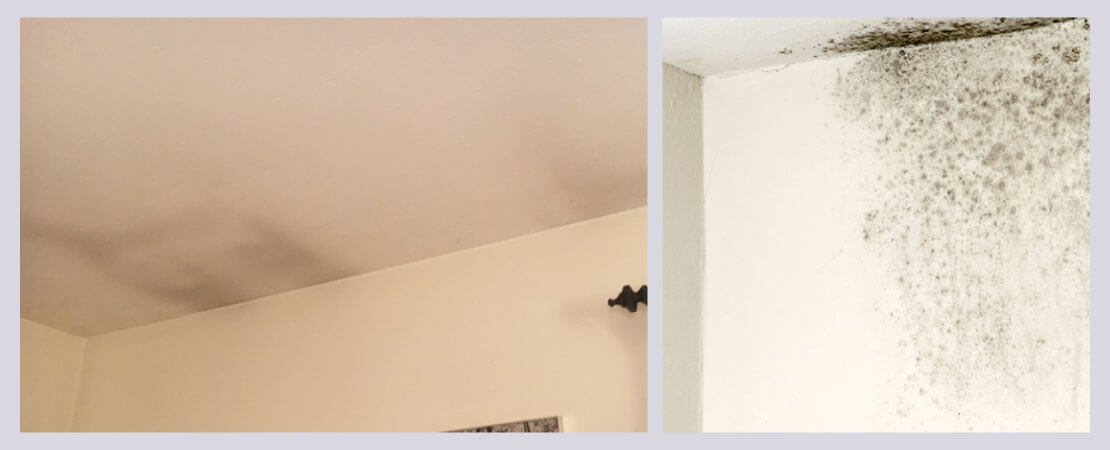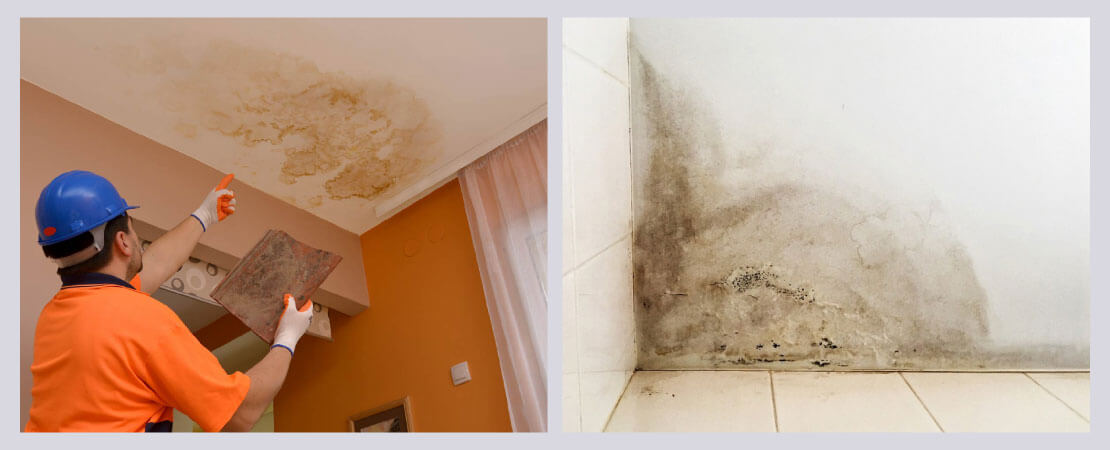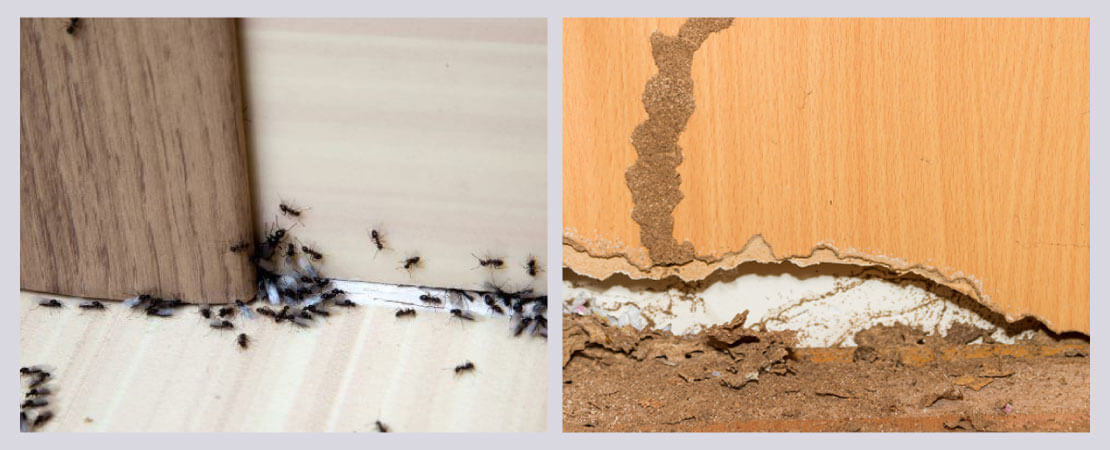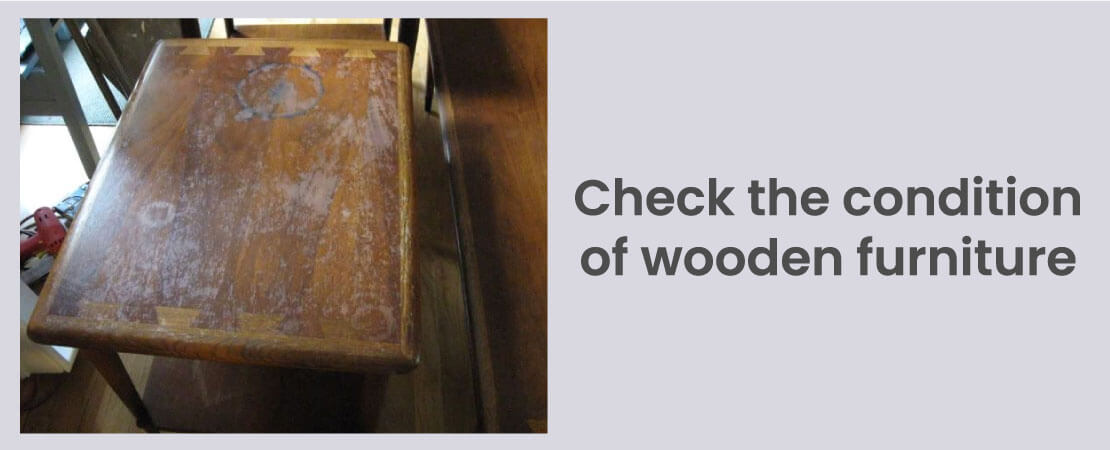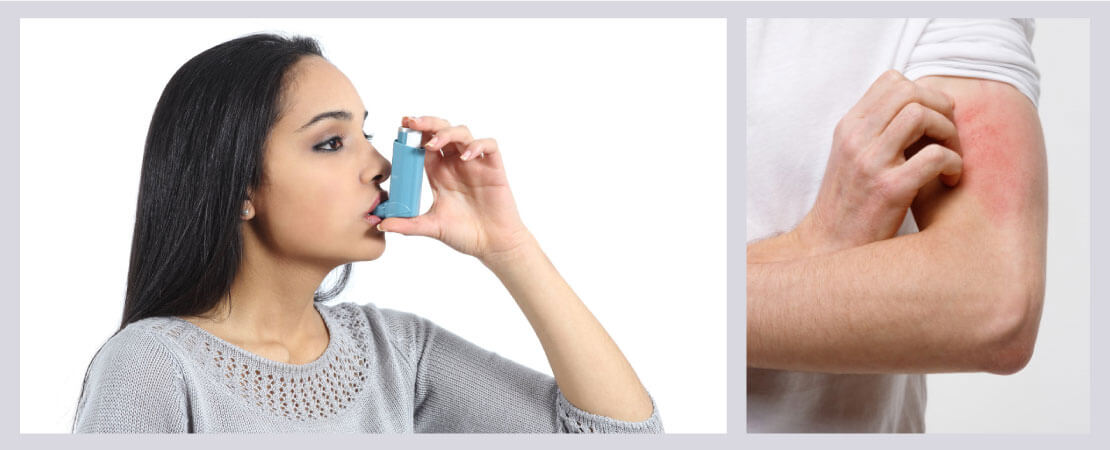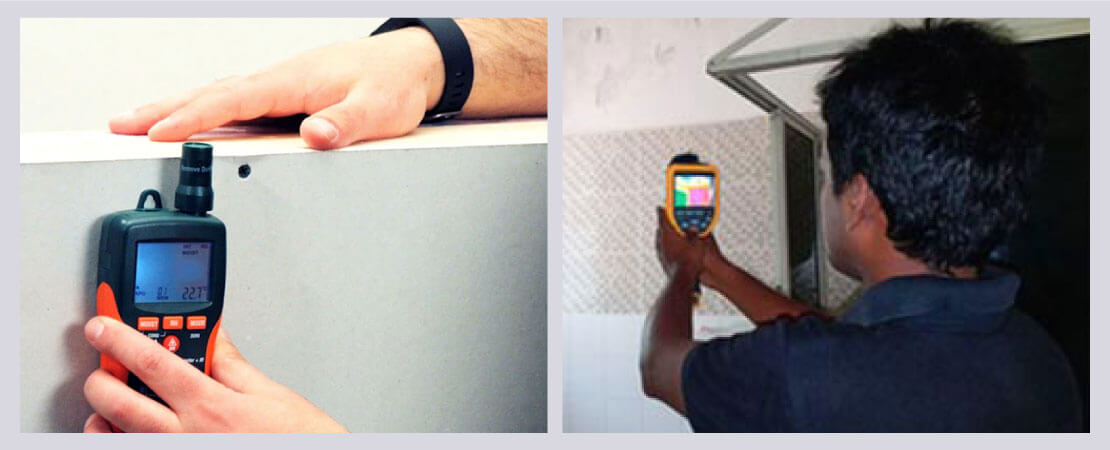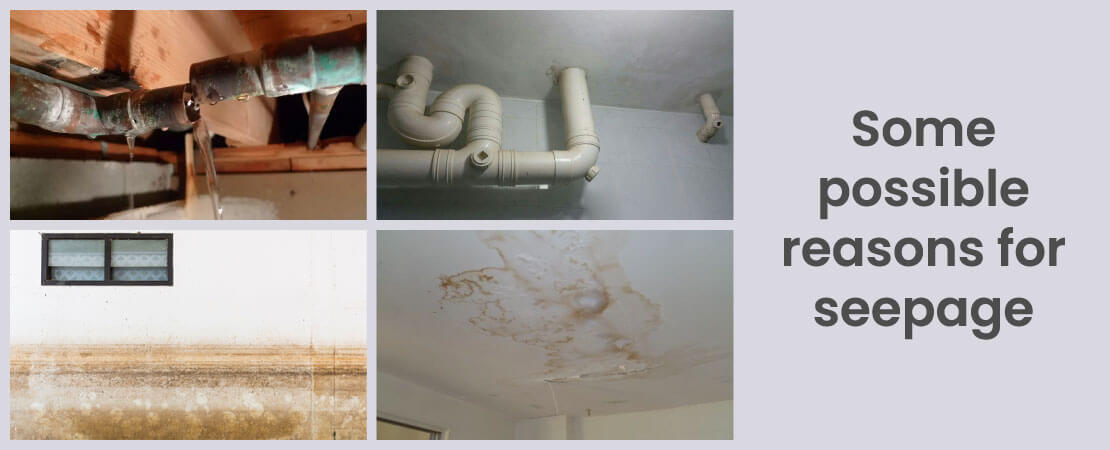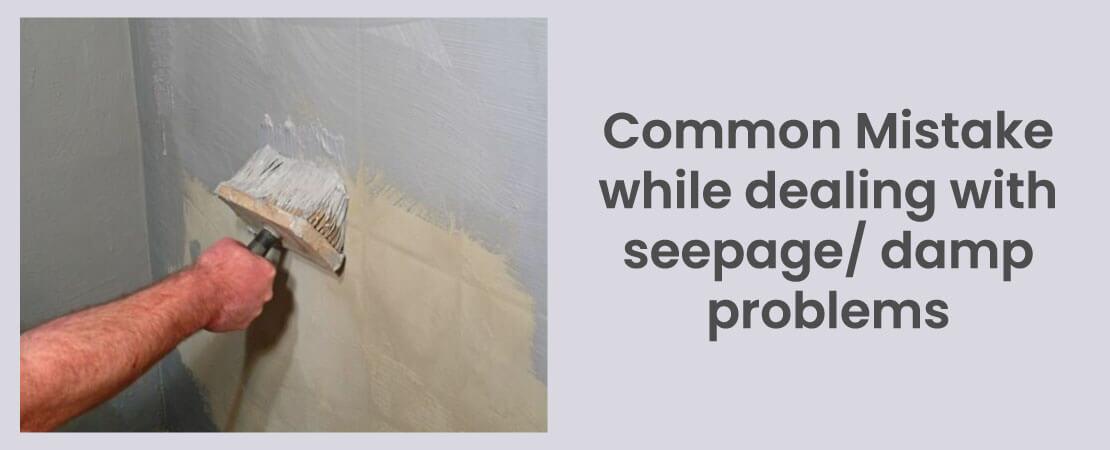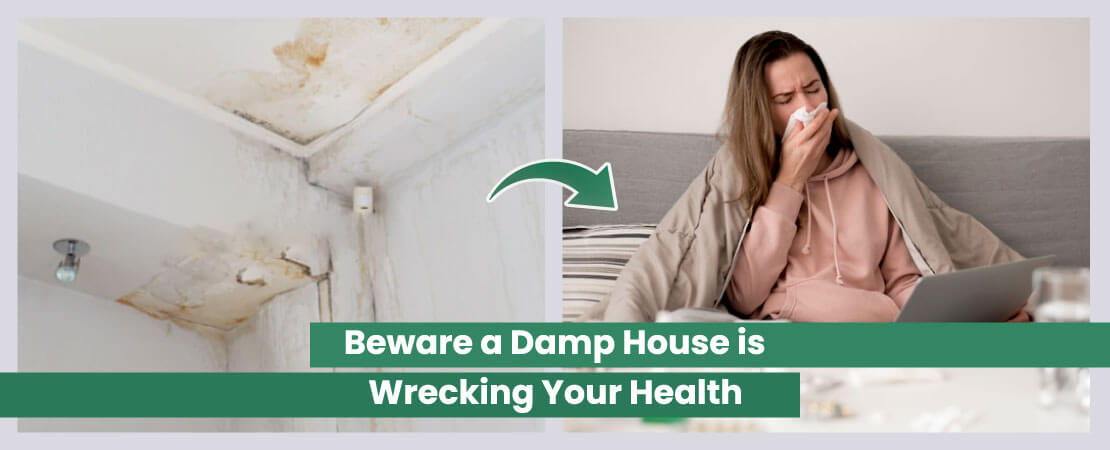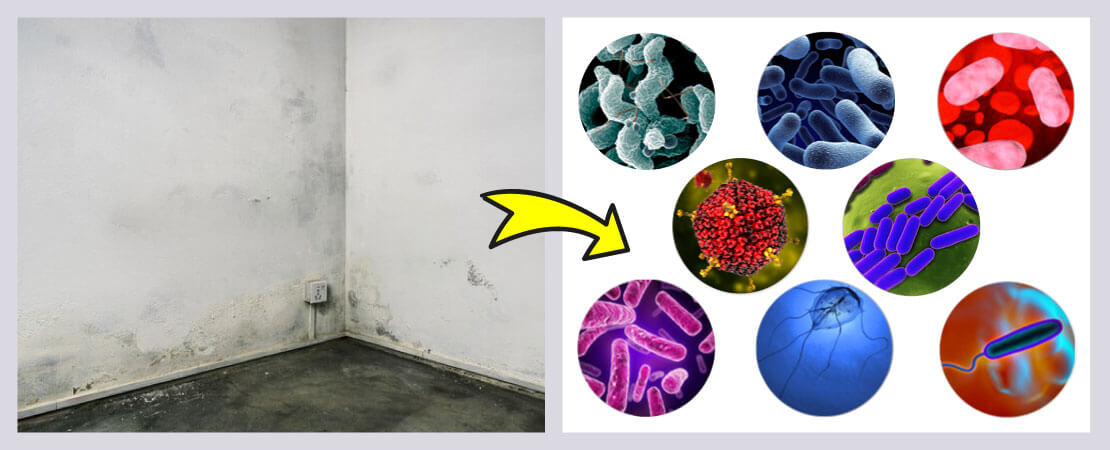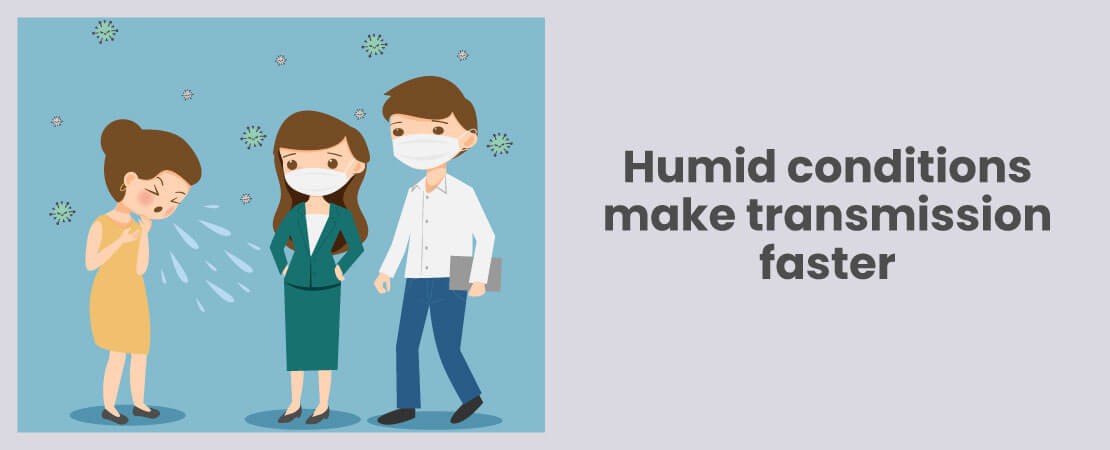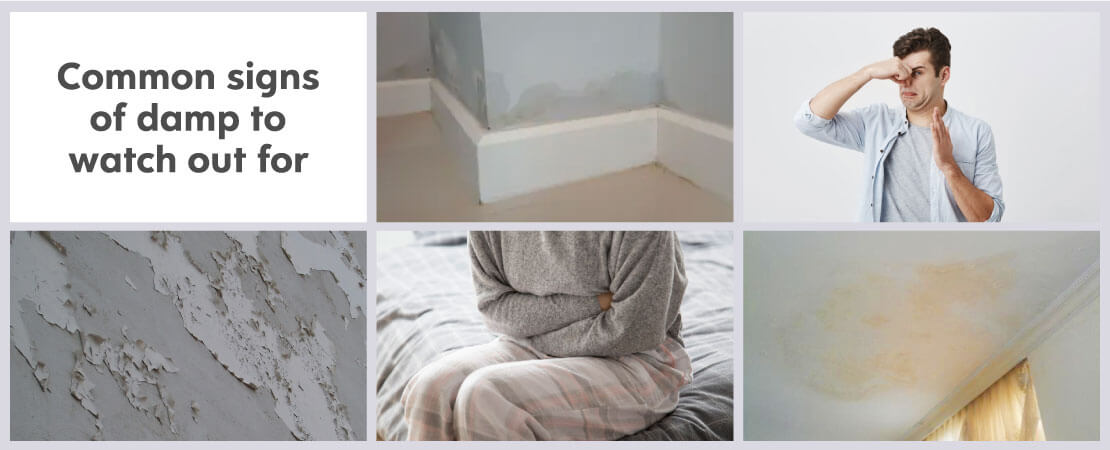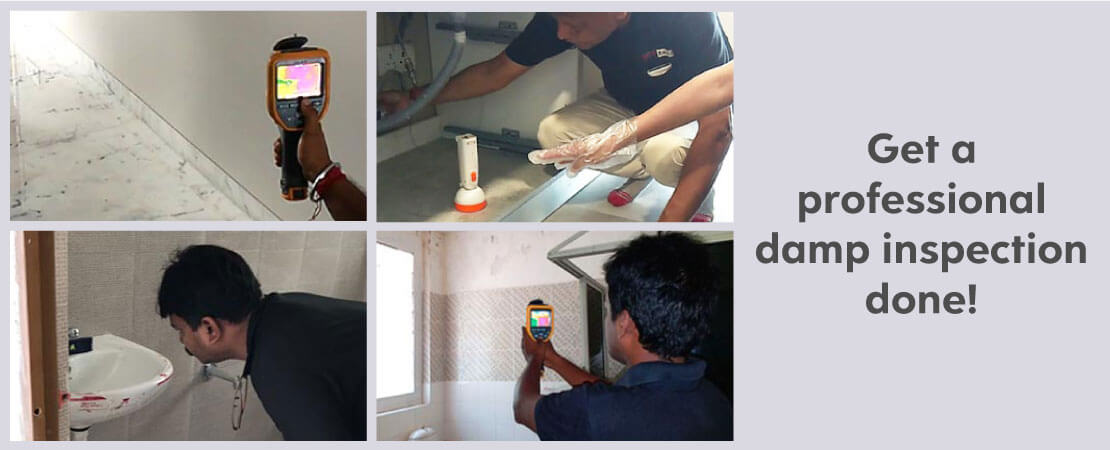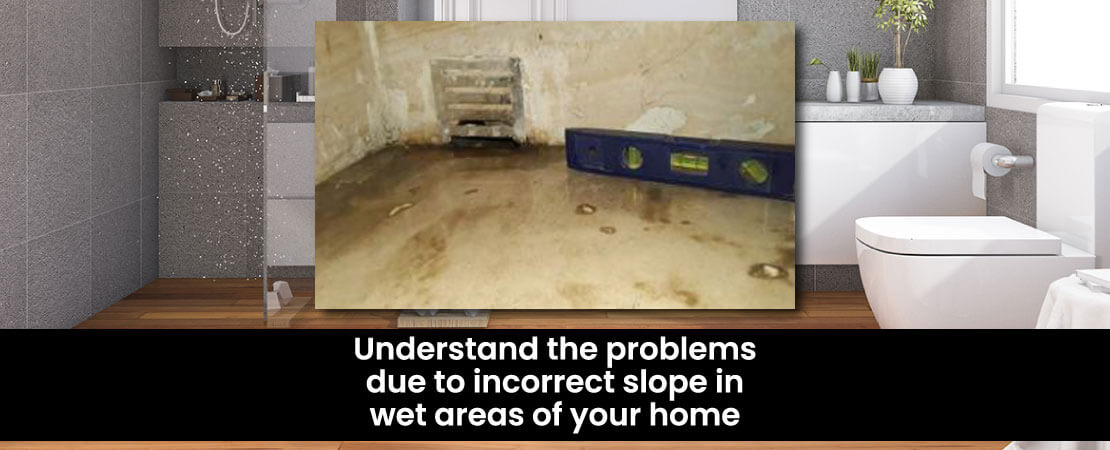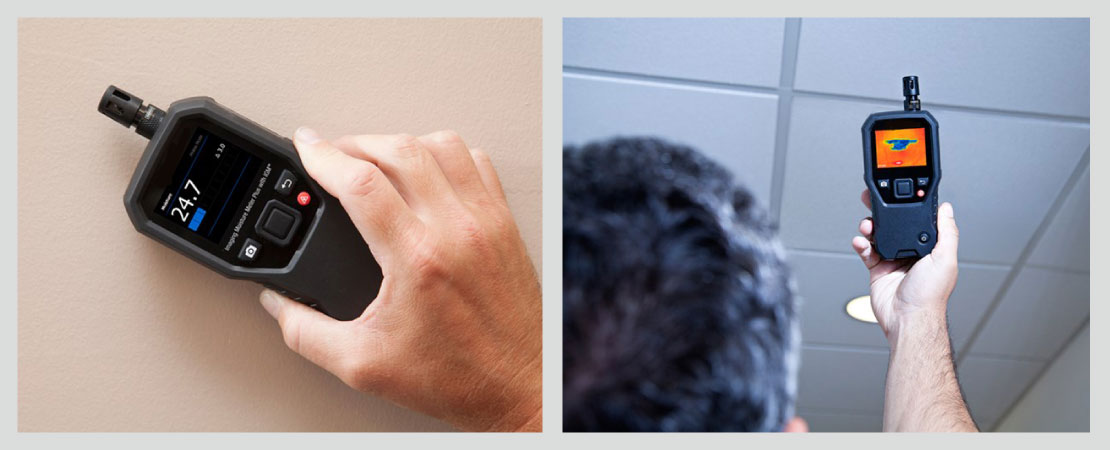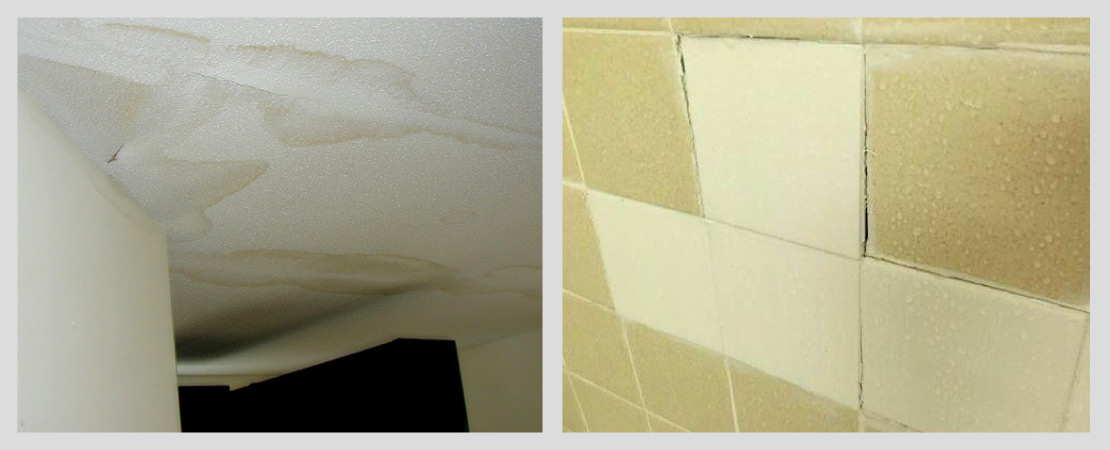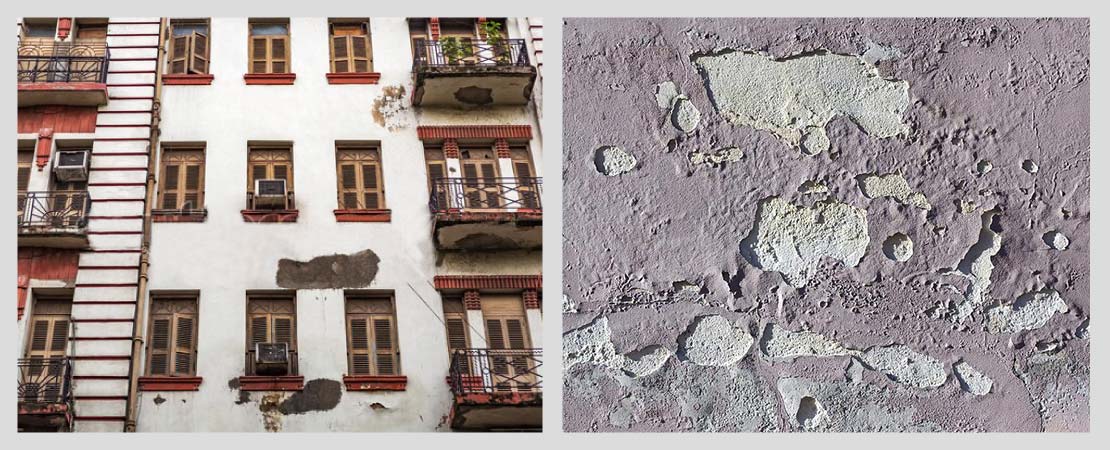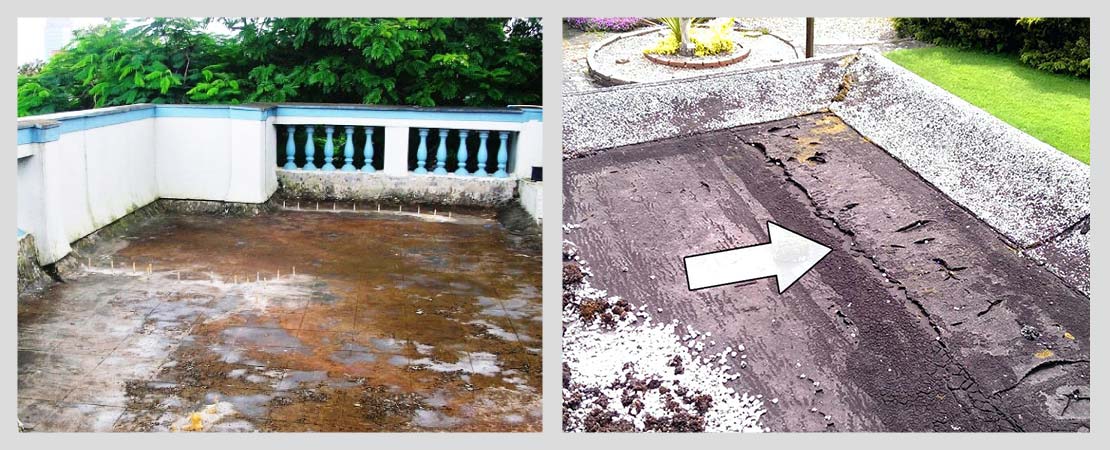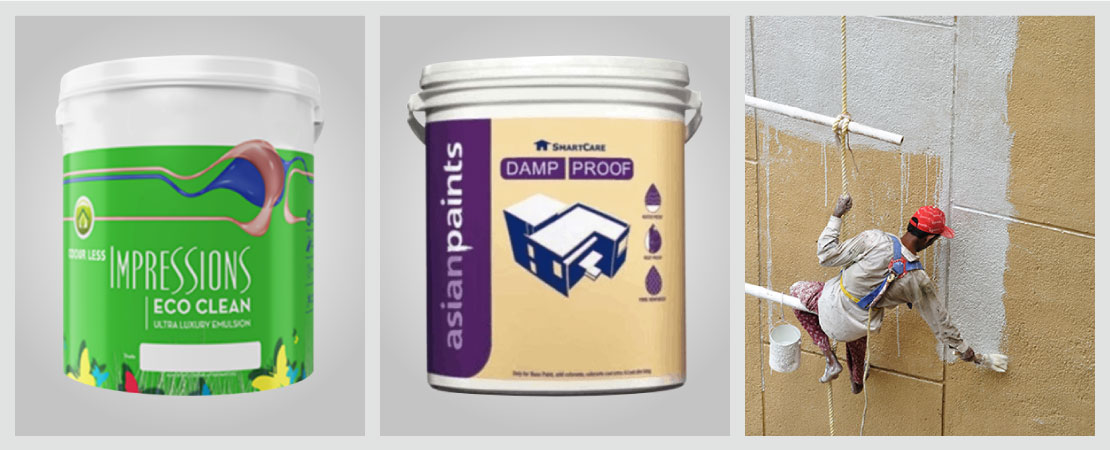Rainy season brings pleasant weather, but it can also bring a series of problems if your property (home, office, etc) is not ready to handle the negative effects of this weather.
Although the monsoon season is one of the best seasons of the year, it also brings plethora of small and big problems for your property & health. From mold and fungus to roof leaks and damp walls, this season is all about trying to keep the inside and outside of our home in a decent & dry condition. As prolonged exposure to water can result in dampness, peeling paint and unhealthy living conditions, it is recommended to make sure that your house is well-equipped to deal with the rainy season.
Significance of Monsoon Home Care
With the onset of monsoon, there is an unusual odour in the home, garden and wardrobes, which can be a complete turn-off. Different types of insects and pests surface, making life difficult.
The monsoon season can be intimidating as it brings along unpleasant odors, mosquitoes, flies, pests, moss, molds, and fungus into our homes. It also exposes us to air-borne and water-borne diseases, posing significant health risks. Suddenly, our positive atmosphere diminishes, and worries take over, leaving us with limited options. Hence, it is crucial to be cautious during the monsoon and prioritize the well-being of our home to effectively tackle the challenges brought by the rain. Ultimately, a healthy home is essential for fostering a happy environment for its inhabitants.
During the monsoon season, home care becomes crucial for several reasons







Understanding the significance of monsoon home care and implementing the appropriate measures ensures the protection and well-being of your home and its occupants throughout the rainy season.
Essential Checklist for your Home in this Monsoon
Rains bring in so much relief from the summer heat, but, with it also comes, humidity, seepage and other problems. As monsoon has arrived, we are ready with our checklist for your property. You would be happy to note that this checklist can be used to reduce/ prevent the Pre & Post Monsoon effects. Use the checklist below to make sure that you won’t have to worry about the problems when the rain hits your home / office.
Following is the checklist for your property care:

1. External walls to be checked for any cracks: Check the external walls for crack. Due to this, rainwater and moisture will enter wall surface thereby affecting adjacent / in-house wall surface and will weaken the integrity of associated elements.

2. Check the gaps around window: Most common damage inside homes / offices occur due to water seepage from the gaps between window frame & external wall. Gap will be a source for rainwater to flow inside the home. These gaps can become entry points for rainwater, leading to moisture intrusion, paint deterioration, and wall damage. Properly fill and seal these gaps to prevent water seepage.

3. Check blockage in drain pipe outlet at Roof and Balcony: Check and clear any blockages in the drain pipe outlets on your roof and balcony. This will prevent water from accumulating and causing stagnant water conditions.

4. Check Electrical fittings to ensure Safety: Negligence in maintaining electrical wiring can be fatal, or at least it will force you to live without power in the monsoon due to breakdowns.
Damaged electrical sockets and wiring should be addressed before the onset of the rains. For more details, refer to our electrical safety tips for monsoon.
It is better to get things inspected properly by the home inspection professionals. They can rule out the shortcomings and take up repairs accordingly as part of your monsoon precautions.
Apart from this, check the outside electrical switches if they are exposed to rains to avoid electrical accidents. Cover them using splash guard to stop penetration of rainwater to avoid electric shock.

5. Fix Dampness / Seepage problem in areas with electrical fitting: Always try to avoid the dampness or seepage problem in your home/ office especially the areas with electrical outlets like electrical system and switches. These can lead to electrical hazards at your home/ office.

6. Address termite infestations: Termite infestation is a major problem where high humidity / moisture exist. As the rainwater creates moisture, if not treated at the right time, it can lead to increase in termite infestation. So it is important to check them and get rid of it as soon as possible.

7. Check for leaks in roofs: Check your roof or terrace floors for any leakage and get it fixed as soon as possible before it damages the associated/ attached area. This can happen due to various reasons that will depend on the type of flooring condition.

8. Check the waterproofing condition at Roof: It is important to check condition of waterproofing on the roof/ terrace before rainy season to avoid significant damage to property due to moisture. Spring is the best season to perform outside home/ office improvements especially waterproofing at roof.

9. Check your Air Conditioner for any leakage: Air conditioner should be checked for any possible leakage to avoid increase in moisture content. Further, AC drain line cleaning & setting AC as per weather will also help.

10. Assess the surroundings: Look for any tree branches or vegetation leaning against your roof or walls. Trim or cut them to avoid potential damage during heavy downpours.

11. Watch for signs of moisture or dampness: Keep an eye out for visual signs of moisture or dampness, especially on ceilings and walls. Stagnant water on the roof can lead to moisture intrusion, so early detection is crucial.

12. Check the water pockets in roof and balcony: If there is any slope problem, then there are chances of water pocket occurrence in roof and balcony especially around drain outlets.

13. Exterior wall Condition: It is important to check the condition of external wall. There are chances of presence of algae, fungus or paint deterioration, which can further lead to spreading of moisture in internal areas of house.

14. Check the areas of wall junction with door: If sealant or any other filling material is deteriorated at sliding door frame of balcony / terrace and wall, there are chances of moisture spreading intruding from these areas. So it is important to check the areas of wall junction with doors as well.
By following this checklist, you can proactively address potential issues and protect your property from the challenges brought by the monsoon season.
Apart from this, you can also read our blog on Home care solutions during Monsoon
Conclusion
While the monsoons give us endless reasons to like them, they also tend to damage both the exteriors and interiors of our property. It is important to inspect your home or any other property before & after the monsoon so, that the problems can be rectified as soon as possible before they get increased in their magnitude.

